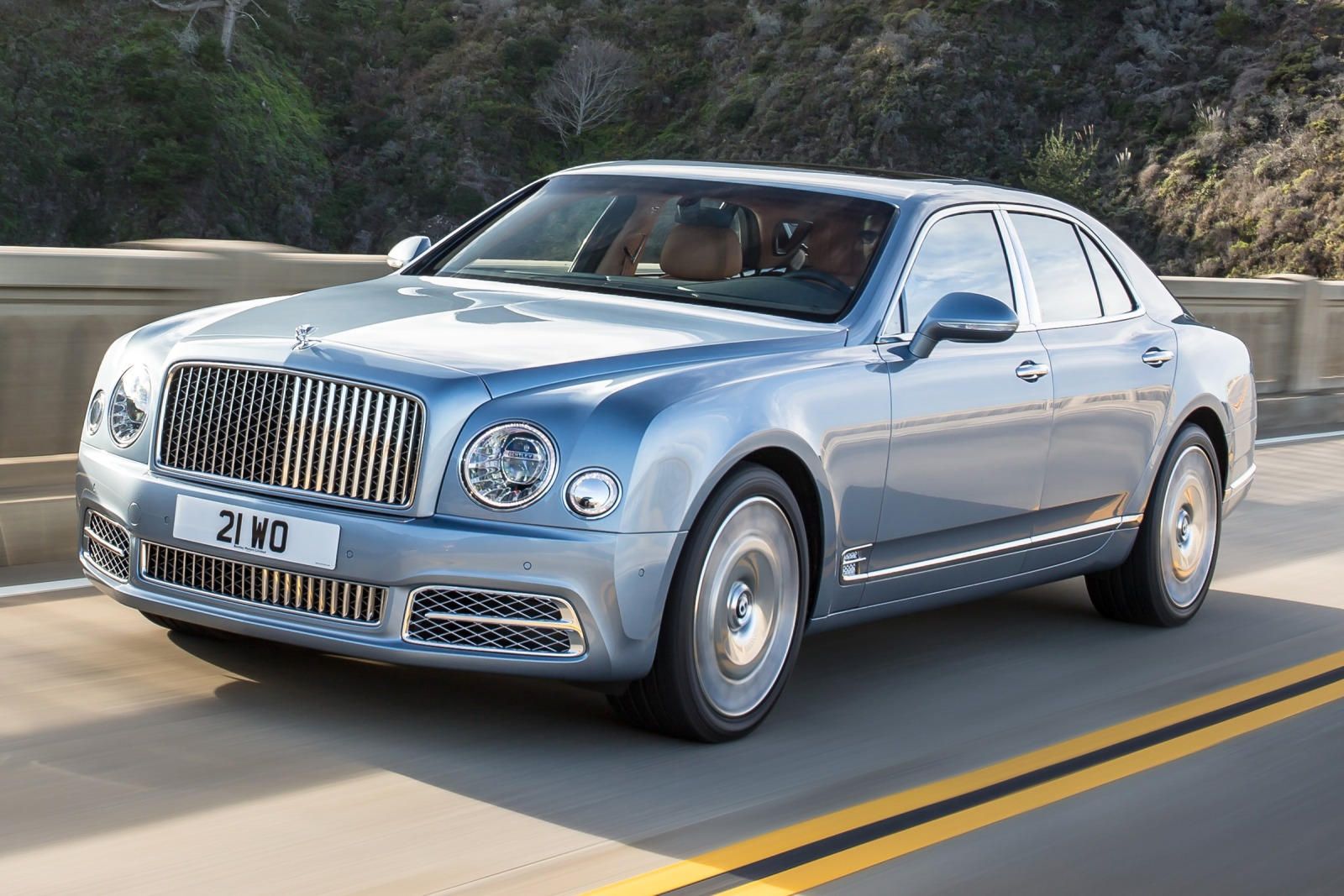
2019 is Bentley's 100th anniversary and the company has been celebrating in style. As part of the celebration, Bentley put the 1929 4½-litre Team Blower back into production and restored a nearly 100-year-old engine. Though it may not be a century old, Bentley is also celebrating another major milestone as its 6¾-liter V8 is now entering its 60th year of production, making it the longest-running V8 on the market.
The L-series V8 was first used in the Bentley S2 in 1959 to replace the company's straight-six engine. Over the past six decades, the V8 has seen use in 23 Bentley models and is still used today on the Mulsanne, though it has come a long way since it was first introduced in the '50s.
"The original V8 was designed to deliver a step-change in performance, along with smoothness, reliability, and refinement, said Dr. Werner Tietz, Member of the Board, Engineering at Bentley Motors. "The engine was tested over hundreds of thousands of miles in the toughest conditions, as well as at full throttle for 500 hours. The success of Bentley's acclaimed 6¾-litre V8 today in the Mulsanne owes much to that ethos."
35,898 examples of this engine have been hand-built in Crewe, England each requiring 15 hours of construction. In its most powerful incarnation (used under the hood of the Mulsanne Speed), the latest twin-turbo variant of the V8 produces 530 horsepower and 811 lb-ft of torque.
This engine was also the first in the company's history to be equipped with forced induction since the Blower Bentleys of the 1920s. Eventually, the engine's single-turbo was replaced by a twin-turbo setup and fuel injection, variable valve timing, and cylinder deactivation have all been added in recent years. It is incredible to think how long this engine series has lasted on the market even with stringent emissions and fuel economy regulations forcing automakers to develop new powertrains. We'd be amazed if another engine lasted longer than the Bentley L-Series. Certainly, few engines will ever possess the same level of historical significance.
